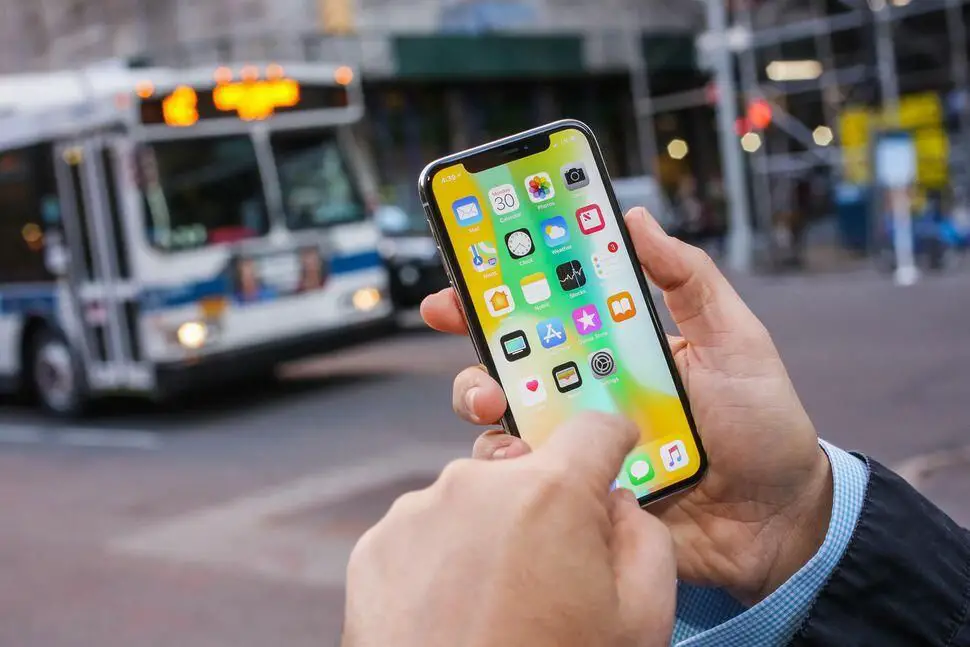Apple Introduces Battery Throttling Tech to Preserving Battery Life: A Comprehensive Guide
Apple has rolled out battery throttling to iPhones beginning with iOS 10.2.1, aiming to assist users with aging batteries by slowing down or disabling some features when the battery can no longer hold a charge. This feature kicks in automatically when the battery is worn out to the extent that the device can no longer last the entire day. However, given the user dissatisfaction with this feature, Apple has offered discounted battery replacements and introduced a new feature in iOS 11.3 – the ability to disable battery throttling.
Despite the inclusion of the battery throttling feature in modern iPhones, Apple has also introduced a new feature called Optimized Charging. This feature is designed to reduce battery wear and, in turn, reduce the need for battery throttling to be enabled. Nonetheless, Apple grants users ultimate control over their devices and how they behave with aging batteries. In this article, we will explore how an iPhone’s device settings indicate whether it’s being throttled and show you how to utilize the iOS battery optimized charging technology to preserve your battery.
To see the option to disable device throttling, users must be on iOS 11.3 or later. Additionally, to take advantage of optimized charging, the device must be on iOS 13 or later. Users who have not yet upgraded to iOS 17 should follow the steps below to ensure that they have the latest updates installed on their iOS device:
1. Open the Settings app.
2. Swipe down until you see General and tap on that.
3. Under General, tap on Software Update.
4. The Software Update screen will either indicate that the latest version is installed or prompt the user to update to the latest iOS version.
In iOS 11.3, Apple gave users the option to disable CPU throttling and added various battery health information features. This includes the display of battery health and notifications to the device owner if the battery requires service, all of which can be found in the Settings app under the Battery tab.
To find out if your device is being throttled, follow these steps:
1. Open the Settings app.
2. Tap on Battery | Battery Health & Charging. On the screen that appears, look for Maximum Capacity. This will show a percentage that is a measurement of the battery capacity relative to when it was new. A lower percentage means that you will need to charge the device more frequently.
3. If you see Peak Performance Capability, then your battery is currently supporting normal peak performance, and there is no throttling going on with your device. If the screen shows Below Peak Performance, then your iPhone is currently being throttled due to battery capability issues. If the text under Performance Capability in this section displays a message stating that “performance management is applied,” then you can tap the Disable button in the text to turn off throttling.
With iOS 13 and later versions, Apple’s Optimized Battery Charging allows iPhones to learn from daily charging routines. This allows an iPhone to slow down charging during low-use hours, preventing overcharging that could deplete its maximum capacity. Users can change this setting by following these steps:
1. Open Settings.
2. Navigate to Battery | Battery Health & Charging | Charging Optimization. Tap on the option that best suits your use case.
With iOS 17, Apple has added several options to pick from, including Optimized Battery Charging, 80% limit, and None. These options allow companies that manage multiple devices to enable these toggles based on corporate policy on device utilization. Depending on what the company is aiming to get out of their devices, battery optimization can ensure devices can either maximize their battery or preserve the device longevity.
In conclusion, Apple has introduced various features and options to help users preserve their iPhone batteries. From the ability to disable battery throttling to the inclusion of optimized battery charging, users now have more control over their device’s battery health and performance. With the steps outlined in this article, users can easily determine if their device is being throttled and make use of the optimized charging feature to extend the longevity of their iPhone’s battery.
If you haven’t yet upgraded to iOS 17, make sure to follow the steps provided to install the latest updates on your iOS device and take advantage of the latest battery preservation features.


